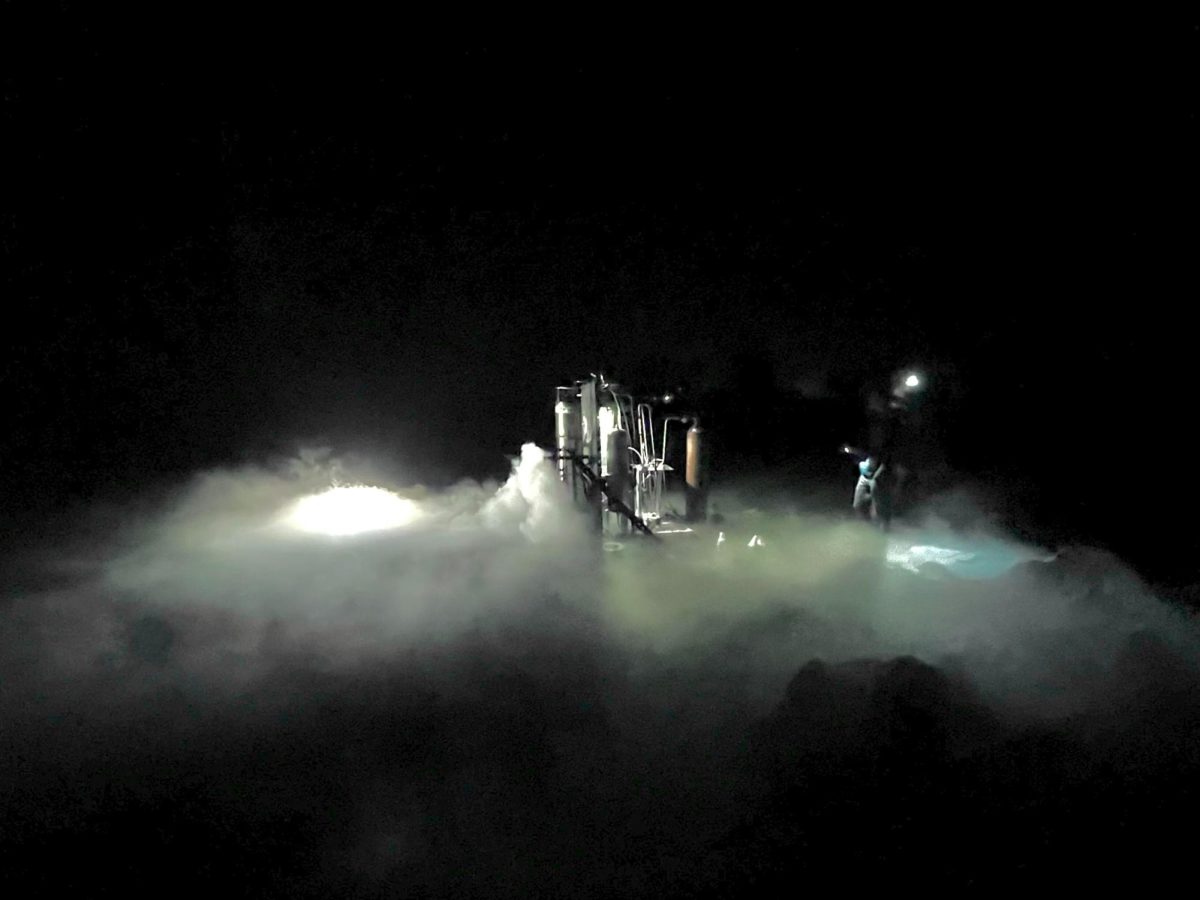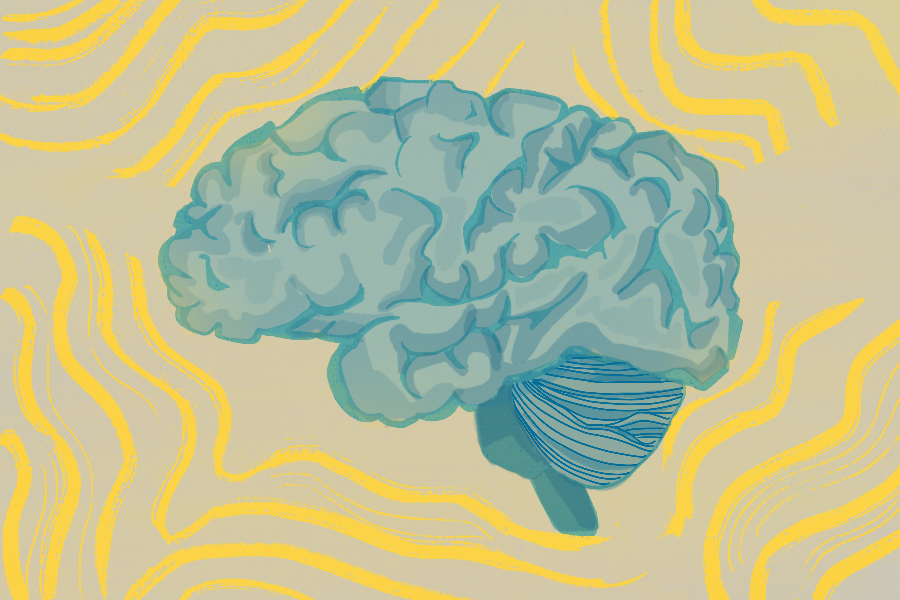Described by its first president John Milton Gregory as the “West Point for the working world,” the University of Illinois has aimed to stand at the forefront of labor innovation since its inception in 1867.
A deep commitment to revolutionizing the working class experience through research and technology is still at the core of the University’s mission, with new developments brought forth by faculty and students each year.
One recent project spearheaded by faculty from the College of Agricultural, Consumer & Environmental Sciences, a compact agricultural robot named TerraSentia, is building upon the University’s legacy by innovating upon the ways farmers work.
Girish Chowdhary, professor in ACES, founded a startup called EarthSense alongside Chinmay Soman, a research faculty member at the University, in April 2016.
“EarthSense was founded for addressing labor problems in agriculture and improving the quality of agricultural tasks overall,” Chowdhary said.
Get The Daily Illini in your inbox!
According to Chowdhary, the TerraSentia device, developed by EarthSense, uses artificial intelligence models to collect information for use in cross-breeding and other adaptations.
“The robot was specifically designed for helping with phenotyping,” Chowdhary said. “That means measuring plants so that breeders can choose the varieties they want to propagate more.”
Since the robot’s initial prototype was introduced in 2017, various features have been developed and implemented in new models.
“You can now attach different sensors and then the users can get the data from it,” Chowdhary explained. “It’s all geotagged and the robot drives autonomously — then that data can be used for measuring things.”
The EarthSense startup and TerraSentia have received attention from international news outlets ranging from Al Jazeera to The New York Times due to their intended contribution to the fight against food insecurity around the world.
TerraSentia has not yet been brought to commercial markets, but it has been tested in several locations and contexts around the world. According to Chowdhary, the device’s testing has included both large commercial fields in Illinois and smaller farms in the developing world.
Shadi Atallah, professor in ACES, said the robot’s compact size and independence could make it a highly versatile solution, but researchers are not yet able to make any conclusions about its use in different markets.
“We can’t really say, ‘Let’s go study the adoption of TerraSentia in developing countries to see,’ because it has not happened yet,” Atallah said. “Maybe five years or 10 years from now, we can look back and see if it is really a democratized technology. That remains to be seen.”
According to Chowdhary, the robot can help farmers fight hunger through the streamlined development of newer, more resilient and more calorically efficient crops by agricultural researchers.
“Modern corn was bred by native Americans 8,000 years ago … from a different crop called Teosinte,” Chowdhary said. “In the future, we need better crops because the population is growing really fast. If we can breed faster, then we can provide better food for people.”
Chowdhary explained the robot, which uses high-resolution cameras, sensors and remote app integration to collect data, will reduce the need for demanding and menial labor on farms.
The American Psychological Association reports around 38% of workers are concerned about the introduction of AI in their work environments. As working-class people begin to fear the potential of AI-powered solutions further automating many industries, the introduction of robots like TerraSentia into agricultural work could exacerbate feelings of stress.
Chowdhary said the TerraSentia device will likely positively influence the labor market and not automate any meaningful jobs.
“The labor technologies can be used in the robot to automate and grow more food, addressing hunger problems,” Chowdhary said. “Agriculture work doesn’t really pay that well, so these are (instances where) farmers have trouble finding labor. The idea is to take away those menial jobs, enabling people to focus their efforts on better opportunities.”
According to Atallah, menial and repetitive farm tasks are often more precise when performed by AI.
“Now, the highly labor-intensive task of counting insects … could be automated, and probably a little bit more precise than a person,” Atallah said. “(TerraSentia) could be providing fewer jobs in terms of number, but it’s going to provide higher quality jobs because these robots will need somebody to maintain them, somebody to operate them. This is going to be a higher-paying job in that context.”
Atallah explained the robot is primarily a research tool that can be used to achieve a variety of goals. TerraSentia’s impact, according to Atallah, will depend on the intentions behind its use.
“If it’s a researcher who’s using the robot to do phenotyping to look for these planned traits that could be used for goals such as fighting hunger,” Atallah said. “Whatever leads to profit goals could also be leading to goals of producing enough food in a certain location. (It depends on) who’s using the robots and the researchers using the robot to find these traits.”











